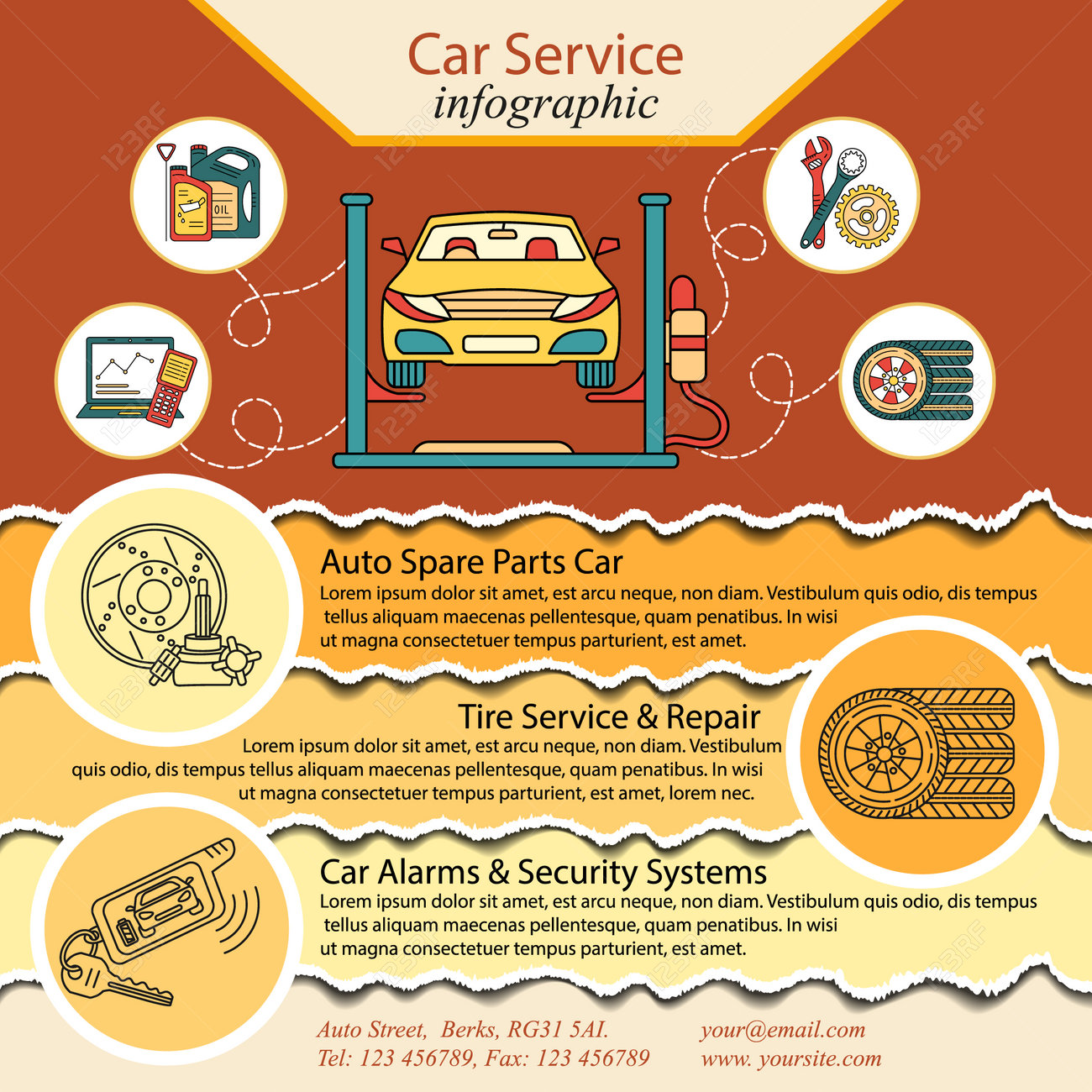Interpreting Your Vehicle'S Alert Lighting: Their Real Ramifications
Interpreting Your Vehicle'S Alert Lighting: Their Real Ramifications
Blog Article
Team Writer-Faulkner Torres
When you're behind the wheel, those beautiful warning lights on your control panel can be a little bit bewildering. Do you know what they're trying to inform you about your automobile's health and wellness? Recognizing the importance of these lights is crucial for your safety and the durability of your automobile. So, the next time among those lights turns up, would not you intend to understand its message precisely and take the necessary steps to resolve it?
Common Caution Lighting and Interpretations
Recognize usual caution lights in your cars and truck and understand their meanings to guarantee risk-free driving.
The most typical warning lights include the check engine light, which indicates issues with the engine or exhausts system. If this light begins, it's critical to have your automobile checked immediately.
The oil stress advising light indicates low oil pressure, calling for prompt interest to stop engine damage.
A blinking battery light may recommend a defective billing system, possibly leaving you stranded otherwise resolved.
The tire stress monitoring system (TPMS) light alerts you to reduced tire pressure, impacting automobile security and fuel performance. Overlooking this might lead to unsafe driving problems.
The ABS light suggests a problem with the anti-lock stopping system, jeopardizing your capability to quit promptly in emergencies.
Finally, the coolant temperature level cautioning light warns of engine overheating, which can cause serious damages otherwise resolved swiftly.
Recognizing these common warning lights will aid you resolve issues without delay and maintain safe driving conditions.
Significance of Prompt Interest
Recognizing the typical caution lights in your cars and truck is only the primary step; the significance of without delay resolving these warnings can not be stressed enough to guarantee your safety and security when traveling.
When a caution light brightens on your dashboard, it's your automobile's method of interacting a possible issue that needs attention. Neglecting carwashingnearme can lead to much more severe issues later on, endangering your security and possibly costing you more out of commission.
Motivate attention to warning lights can prevent break downs and crashes. For example, a blinking check engine light might show a misfire that, if left unattended, can create damage to the catalytic converter. Resolving this promptly can save you from a pricey repair work.
Similarly, look at here now warning light could signal low brake liquid or used brake pads, critical elements for your security when driving.
Do It Yourself Troubleshooting Tips
If you notice a warning light on your control panel, there are a couple of DIY troubleshooting tips you can try before looking for professional help.
The very first step is to consult your auto's guidebook to recognize what the certain caution light indicates. In some cases the problem can be as straightforward as a loose gas cap causing the check engine light. Tightening the gas cap might solve the issue.
An additional typical problem is a low battery, which can trigger numerous advising lights. Examining the battery links for corrosion and guaranteeing they're protected could repair the trouble.
If a warning light continues, you can attempt resetting it by separating the vehicle's battery for a couple of minutes and afterwards reconnecting it. Furthermore, examining your car's liquid levels, such as oil, coolant, and brake fluid, can help fix cautioning lights related to these systems.
Final thought
To conclude, comprehending your cars and truck's warning lights is crucial for keeping your vehicle running efficiently and safely. By promptly attending to these notifies and recognizing what they indicate, you can avoid expensive repair work and possible break downs.
Keep in mind to consult your vehicle's guidebook for certain information on each cautioning light and act accordingly to make certain a trouble-free driving experience.
Keep informed, remain secure when traveling!
